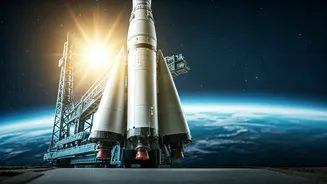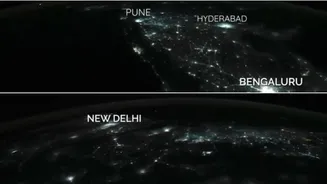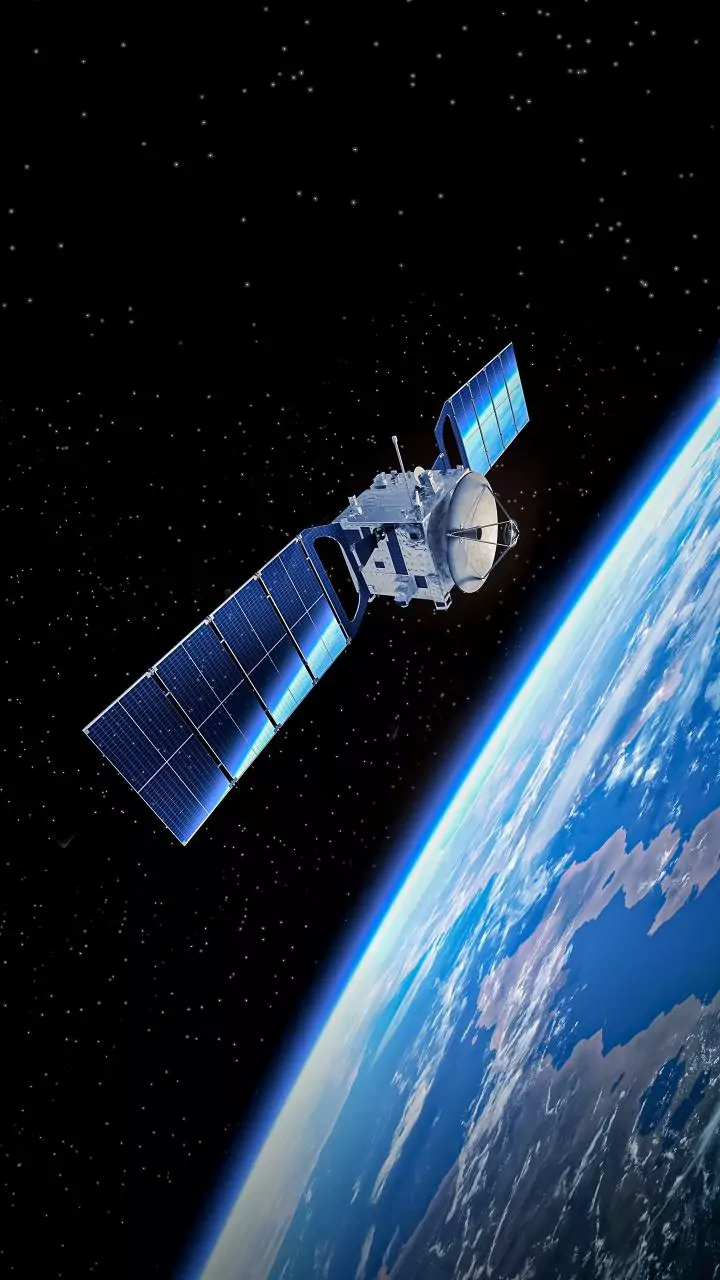Solar Storms Unveiled
Chandrayaan-2, a significant lunar mission, has made a remarkable discovery by detecting the initial proof of solar storms influencing the Moon's atmosphere.
This event signifies a crucial step forward in our comprehension of space weather and how it affects celestial bodies. This spacecraft, equipped with advanced instruments, was able to gather unprecedented data. It specifically focused on the impact of solar flares and coronal mass ejections (CMEs) on the tenuous lunar atmosphere, which is also known as the exosphere. The exosphere is an extremely thin layer of gases that is not bound by gravity. The evidence revealed by Chandrayaan-2 demonstrates the direct impact of solar activity on the Moon's atmospheric conditions, providing invaluable data for further research in this field of study. These solar storms, characterized by bursts of high-energy particles, significantly affect the Moon's exosphere by causing fluctuations in its density and composition. The findings provide critical insights into the dynamic interplay between solar wind and the Moon, which is essential for upcoming lunar exploration and future habitat planning.
Mission's Scientific Impact
The findings from the Chandrayaan-2 mission have far-reaching implications, considerably influencing current and future space exploration efforts. The data collected provides crucial information regarding how solar storms affect the lunar environment, which is vital for protecting astronauts and equipment. During instances of intense solar activity, the exosphere undergoes notable changes. By analyzing these fluctuations, scientists can better predict and prepare for space weather events that can potentially damage spacecraft systems and jeopardize lunar missions. Furthermore, these insights are essential for establishing a long-term presence on the Moon. Understanding the influence of solar storms enables the development of protective strategies, from shielding habitats to designing more resilient spacesuits and instruments. The Chandrayaan-2’s discoveries contribute to a larger picture of the solar system's environment. This improves the general understanding of how planets and other celestial bodies respond to solar activity. The mission's success highlights India's growing capabilities in space research and its dedication to pushing the boundaries of scientific knowledge, making it a pivotal moment in the nation's space program.
Lunar Atmospheric Dynamics
The Chandrayaan-2 mission's observations have helped to improve our knowledge of lunar atmospheric dynamics. The Moon's exosphere is extremely thin and is constantly impacted by the solar wind. The recent findings reveal how solar storms considerably affect this already fragile environment. The exosphere, comprised of trace gases, is not dense enough to provide significant protection against solar radiation and energetic particles. When solar storms erupt, they release enormous bursts of energy that impact the Moon, causing the exosphere to undergo noticeable changes. These changes can include sudden increases in density, altering the composition and temperature of the exosphere. By analyzing these effects, researchers can understand how the exosphere interacts with the solar wind and how it responds to space weather events. This knowledge is important because it offers insight into the processes that shape the lunar environment. It also plays a key role in protecting the equipment and future habitats that astronauts will be using. The data helps create models of the lunar exosphere. This enables scientists to predict how it might evolve in response to varying solar activity and better prepare for future lunar missions and extended human presence on the Moon.
Future Exploration's Role
The insights gained from the Chandrayaan-2 mission are extremely important for planning upcoming lunar missions and establishing future lunar habitats. The data provides useful information about the harsh environment surrounding the Moon. Understanding how the solar wind impacts the lunar surface, and how the atmosphere is affected, enables mission planners to develop specific protective measures. It helps in the development of robust habitats for astronauts, as well as the protection of sensitive equipment. The analysis of these observations assists in predicting and managing space weather events, enabling the design of resilient spacecraft. This helps to secure the safety of astronauts and the longevity of space missions. Furthermore, this improved understanding helps in selecting optimal landing sites and the construction of facilities that are protected from intense solar radiation. As plans for lunar bases become more advanced, the data obtained from the mission is essential for ensuring that human presence on the Moon is not only possible but also sustainable, allowing continued scientific discoveries and exploration.













